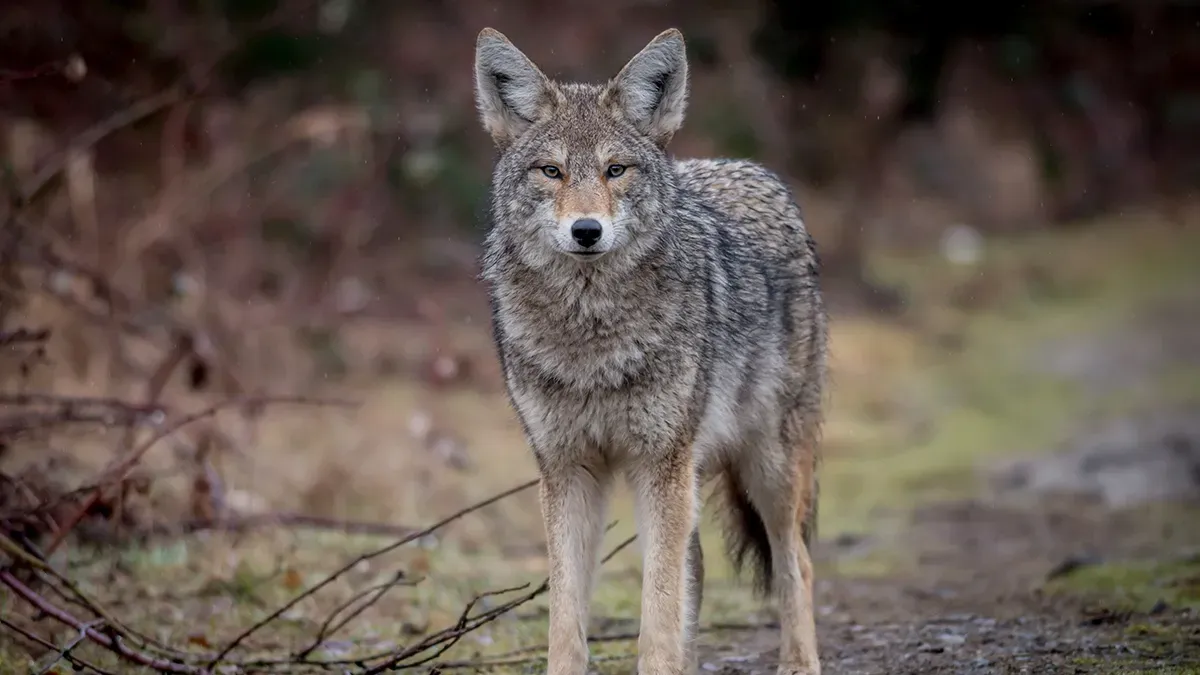In the suburbs of Cleveland, where neatly trimmed lawns border dense forests, a new neighbor has appeared, provoking both surprise and concern: a coyote. These elusive predators, roughly the size of small German Shepherds, are increasingly appearing on the quiet streets of Parma, forcing residents to rethink their coexistence with nature. Although for many this may seem like an unexpected invasion, local authorities insist that coyotes are not such rare visitors in this area. However, their presence causes unease, prompting discussions about safety, adaptation, and the delicate balance between humans and the natural world.
"They're just animals," says Phil Giordano, a local resident living opposite a wooded area. "I saw two coyotes a few days ago when they crossed from one side street to another." Giordano, who owns two dogs, perceives the appearance of coyotes with philosophical calmness. His house stands at the edge of the forest, where coyotes feel at home, but he sees no reason for panic. "They look like small German Shepherds," he adds, acknowledging that they are easy to mistake for dogs if you don’t look closely.
However, not everyone shares his carefree attitude. Jamie Ellis, who regularly runs with her dog in the area, admits she feels uneasy. "I don't quite know how to deal with it," she says, holding the leash of her Labrador. "It’s a bit scary, especially when you're alone on the street." Her concerns reflect a broader anxiety among Parma residents, who are used to the predictability of suburban life but are now facing the realities of wildlife encroaching into their space.
According to Parma police, only nine calls regarding coyotes have been received this year, indicating their relatively infrequent but noticeable presence. Scott Traxler, the police department's spokesperson, assures that none of these incidents involved attacks or signs of aggression from coyotes. "We respond only to emergency calls when there is an apparent threat," he explains. Last year, the number of calls was similarly modest, pointing to a stable but not critical presence of these animals. Nevertheless, Traxler urges vigilance, reminding that coyotes are wild animals whose behavior can be unpredictable.
Wildlife experts note that coyotes, which once inhabited mainly prairies and deserts, are highly adaptable. As suburban areas expand, encroaching on their natural territories, coyotes learn to survive in new conditions, searching for food in trash cans, gardens, and even hunting small pets. In Parma, where wooded areas alternate with residential neighborhoods, coyotes find an ideal environment for living. "They are here all year round," says Traxler. "This is not a seasonal phenomenon."
For local residents, this means the need to adapt. Traxler recommends simple but effective measures: keep pets on leashes, remove fallen fruit from yards that might attract coyotes, and reinforce fences. In case of a coyote encounter, he advises to "make yourself appear larger" — raising hands, making noise, or using a whistle. "Never turn your back or run," he emphasizes. "That could provoke a predator." For additional protection, dog owners are encouraged to purchase specialized vests that make bites more difficult.
This situation in Parma is a microcosm of a broader trend: as cities grow and natural environments shrink, humans and wild animals are forced to learn to coexist. "We all need to find a way to live together," concludes Traxler, and his words sound like a call for a new understanding of our place in the ecosystem. For Parma residents, it’s not only about how to scare off a coyote but also about accepting the reality where the boundaries between wilderness and suburb become increasingly blurred.


